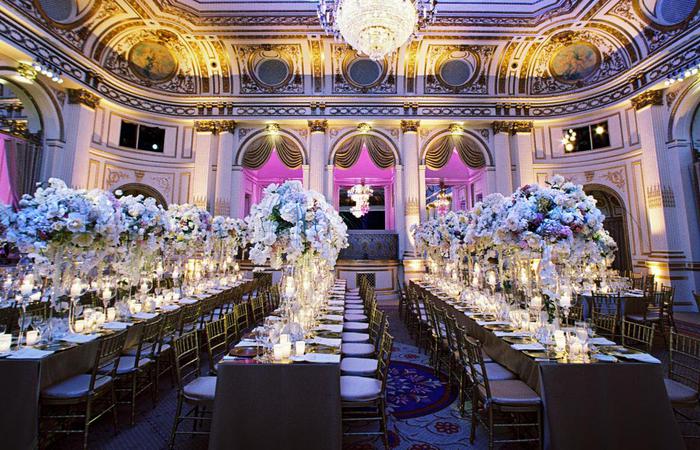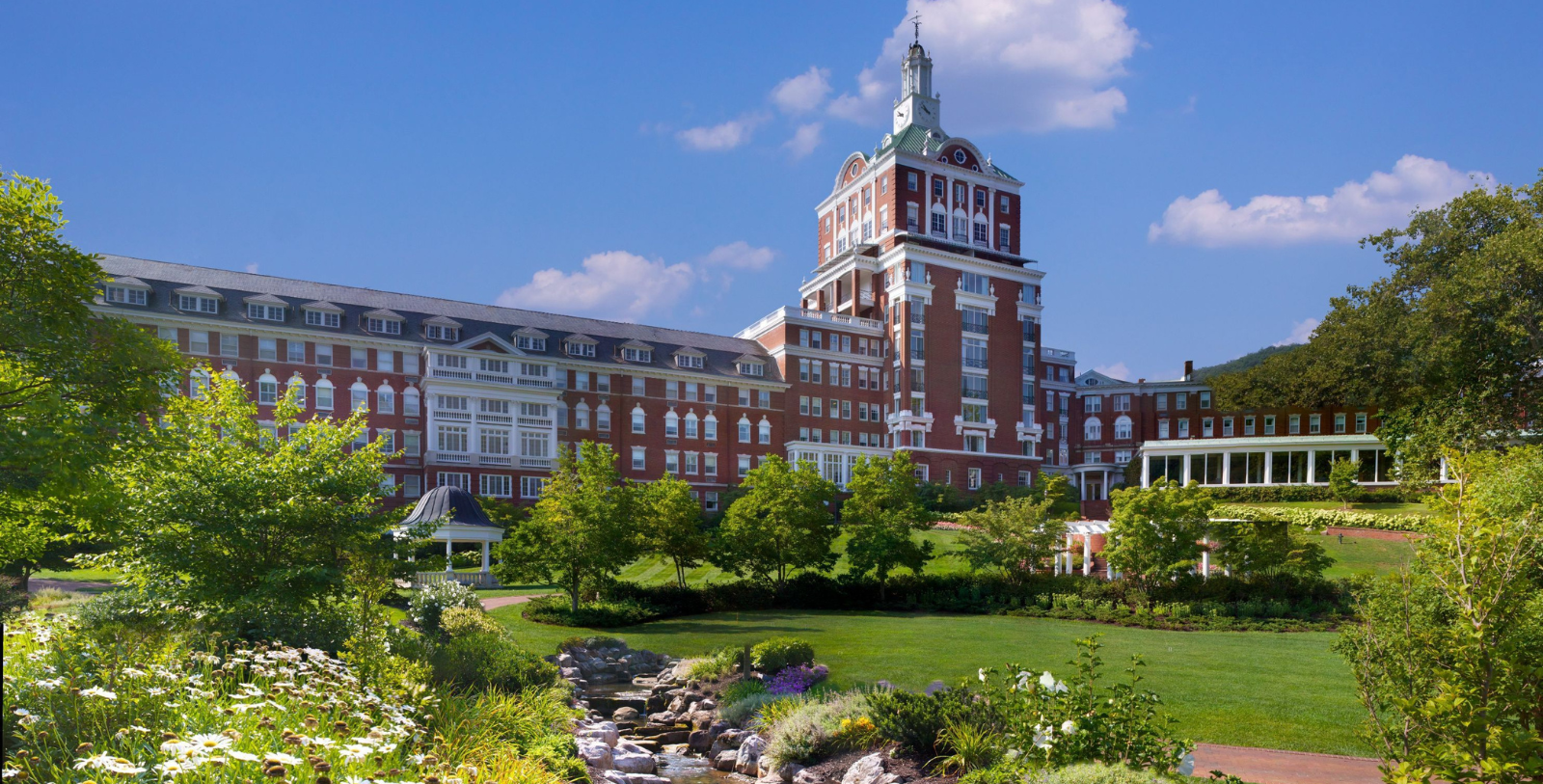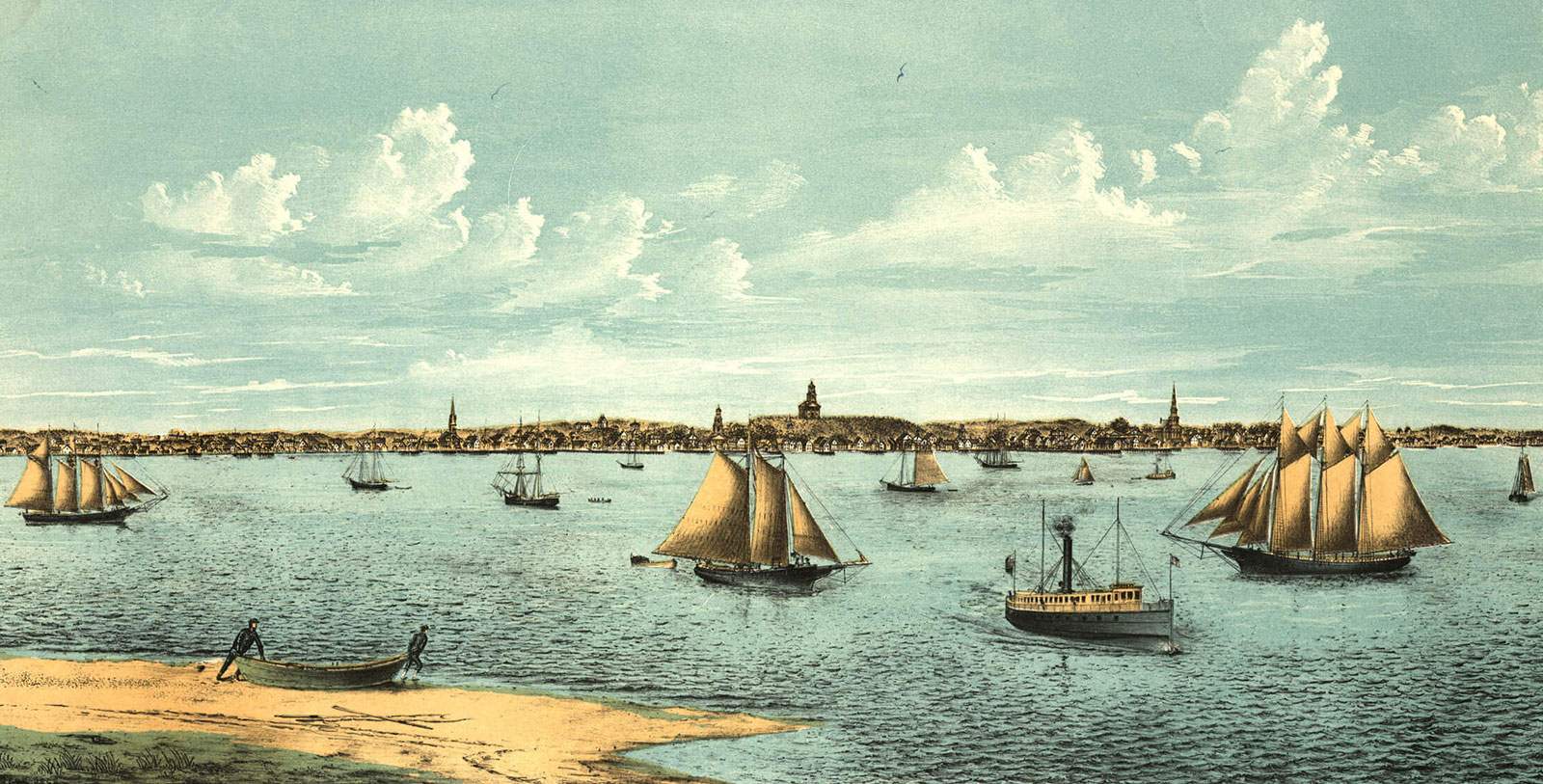Receive for Free - Discover & Explore eNewsletter monthly with advance notice of special offers, packages, and insider savings from 10% - 30% off Best Available Rates at selected hotels.
history
Discover Crowne Pointe Historic Inn, which was originally built as a residence by a prosperous sea captain at the turn of the 19th century.
Crowne Pointe Historic Inn, a member of Historic Hotels of America since 2005, dates back to the late 19th century.
VIEW TIMELINEListed in the U.S. National Register of Historic Places as part of the Provincetown Historic District, the Crowne Pointe Historic Inn has been a member of Historic Hotels of America since 2005. Consisting of five wonderful facilities, the destination has offered nothing but the best in hospitality for years. Nevertheless, those fantastic structures have not always stood as terrific boutique hotels. Indeed, its main structure—identified today as the “mansion”—first debuted as the domicile for a local sea captain at the height of the Gilded Age. At the time, Provincetown was still very much a bastion for commercial anglers, who traveled out into the rough waters of the Atlantic to catch mackerel, cod, and other deep-water fish. But the home became the residence for even more people over the following decades, including Salome Elder, the first librarian of the Provincetown Public Library. Elder subsequently sold the location to Phinney and Winifred Steele in 1927, who, in turn, gave it to the Linskey family two decades later. By this point, Provincetown had emerged as a popular national tourist destination, prompting several residents to open their homes as temporary guesthouses. The Linskeys were one such family, who started running the mansion as the “Lynn House” during the 1950s. But their time operating the Lynn House was short, as the Linkseys eventually sold the entire historic building to innkeeper James Lunt in 1959.
After operating the Lynn House for some time, Lunt turned the site over to Joyce Block and Anne Kane in the 1960s. The erstwhile mansion proceeded to pass among various owners for the next several years until Mary N. Nowd and Carole A. Whitman obtained the structure in 1981. The two relaunched the building as a formal hotel called the “Dusty Miller Inn” not long thereafter. As the stewards of the Dusty Miller Inn, Nowd and Whitman developed storied reputations as prominent female hoteliers in Massachusetts. But in 1999, Whitman—now the sole proprietor—sold the structure to local hoteliers David M. Sanborn, Thomas Walter, and Kenneth Masi. Together, they initiated a massive renovation of the historic hotel that restored it back to its Victorian-era glory. Meanwhile, the group also incorporated the four other structures for use as additional guest facilities: the Captain’s House, the Wellness Spa, and the Abbey and Garden Residences. (Constructed during the mid-19th century, the latter two structures had been combined into the Sea Drift Inn during the 1980s.) When the construction finally concluded a few months later, all five buildings formally debuted as the “Crowne Pointe Historic Inn” to great acclaim. The Crowne Point Historic Inn has since become one of the most luxurious vacation hotspots in downtown Provincetown, as well as throughout the entire Cape Cod region.
-
About the Location +
In 1620, the first settlers to arrive from Europe landed on the northernmost tip of Cape Cod in what is now Provincetown. Many of the settlers were Puritans, English religious refuges now remembered today as the “Pilgrims.” (There was a significant number who were not members of the sect and had only come to the Americas for economic reasons.) After spending a decade hiding in the Netherlands, the Pilgrims had decided to set sail to the “New World” and establish a community where they could worship in peace. They had arrived on a ship called Mayflower, which had set sail from the English port of Plymouth. However, rough seas had steered the Mayflower off course, forcing it to inadvertently sail into Cape Cod Bay and ultimately today’s Provincetown Harbor. Discord quickly spread among the ship’s passengers, who disagreed over how to govern themselves far away from Europe. Thinking quickly, the Puritans created a document entitled the “Mayflower Compact” that outlined a system of self-government. Coming ashore, the Pilgrims and their fellow travelers attempted to form a small village. While there were plentiful resources, the first days were nonetheless incredibly difficult. But thanks to the native Wampanoags and Nauset people, the Puritans learned to farm the land and fish the waters. Still, life in the region proved to be hard, and the surviving settlers returned to the Mayflower to find shelter elsewhere. Following the shoreline south, the Mayflower eventually moored off the coast of mainland modern Massachusetts to establish Plymouth Colony.
Over time, more English colonists arrived in the region, with some settling the original site of the Mayflower’s landing. Most of the inhabitants were fisherman, although pirates and smugglers were also attracted to the community due to its relative isolation. Their presence led many in New England to refer to the little village as “Helltown”—an identity that its residents embraced. Still, the settlement remained small for years, until the onset of large-scale whaling operations began in the wake of the War of 1812. Known as “Provincetown” by this point, the community gradually emerged as one of Massachusetts’ busiest ports for whalers—third only to New Bedford and Nantucket. Indeed, its deep-water port and proximity to the open Atlantic had inspired countless sailors to try their luck harvesting whale meat and blubber. The blubber was a particularly rich commodity for the local whalers, as demand for it had surged due to its use in oil lamps and candles. Nevertheless, the local whaling industry went into gradual decline starting in the 1870s, when alternative sources of fuel made whale blubber obsolete. But fishing continued to be a strong part of the economy, with ships frequently traveling out to the Grand Banks to collect mackerel and cod. The success of the fisherman attracted scores of new European immigrants, too, especially Portuguese sailors. (The Portuguese stayed for many decades thereafter, with their descendants forming a vibrant community that still exists today.)
The cultural identity of Provincetown underwent another significant transformation during the Gilded Age, when it began to emerge as an appealing tourist destination. Small railroads had begun to ferry vacationers from across New England into Cape Cod, who quickly fell in love with its bucolic waterfront communities. Many artists were among this generation of travelers, including renowned portrait and genre painter Charles W. Hawthorne. Hawthorne himself had been particularly attracted to Provincetown and its rich, majestic landscape. Enchanted, Hawthorne subsequently opened the Cape Cod School of Painting in 1899. The academy’s presence quickly gave birth to an energetic art colony that allured even more prominent intellectuals to the community. For instance, talented individuals like writer Norman Mailer and playwright Eugene O’Neill were just a few of the participants in Provincetown’s nascent art colony. The activities of the artists and authors further inspired even more travelers to vacation at the settlement, too, elevating it to one of Cape Cod’s most popular vacation hotspots by the middle of the 20th century. Leading this development was America’s LGBTQ+ community, which opened numerous hotels, inn, and resorts as places of refuge and relaxation. Provincetown today is a wonderful holiday destination for those interested in cultural heritage travel. Many specifically enjoy visiting its outstanding landmarks, such as the Pilgrim Monument, the Race Point Lighthouse, and the Provincetown Historic District.
-
About the Architecture +
The Crowne Pointe Historic Inn possesses a unique architectural style that can best be described as “eclectic.” Dating to the mid-19th and early 20th centuries, historians today consider “eclecticism” to be part of a much larger movement to fuse together a variety of historical designs. Earlier in the 1800s, architects—particularly those in Europe—decided to rely upon their own loose interpretations of historical architecture whenever they attempted to replicate it. Such a practice appeared within such styles as Gothic Revival, Italianate, and Second Empire architecture. But at the height of the Gilded Age, those architects decided to use historic architecture more literally when developing a building. A few architects went a step further by combining certain historical styles together to achieve something uniquely beautiful. And in some cases, those individuals felt inspired to add a new historical form onto a building that they were renovating—just like the Crowne Pointe Historic Inn. Ultimately, the architects felt that joining such architectural forms together would give them a new avenue of expression that they otherwise did not have at the time. They also believed that they had stayed true to the earlier forms, so long as their designs perfectly replicated whatever it was they wanted to mimic.
In Europe, this approach first appeared as a rehash of Gothic Revival-style known as “Collegiate Gothic.” The European architects then used such a mentality to influence the unfolding philosophies of both the Beaux-Arts school of design, as well as the emerging Renaissance Revival-style. Many architects in America followed suit, the most notable of which being Richard Morris Hunt and Charles Follen McKim. The American architects who embraced “eclecticism” were at first interested in the country’s colonial architecture. Much of the desire to return to the time period was born from the revived interest in American culture brought on by the Centennial Exposition of 1876. Pride in preserving the nation’s heritage inspired the architects to perfect the design principles of their colonial forefathers in new and intriguing ways. This interest gradually splintered into other revival styles, though, like Spanish Colonial and Tudor Revival. Some Americans even infused the approach with the popular Beaux-Arts aesthetics of France, such as Hunt and McKim. Yet, the birth of Modernism in the 1920s and 1930s eventually ended the worldwide love affair with “eclecticism,” for architects throughout the West became more enchanted with the ideas of modernity, technology, and progress.
































